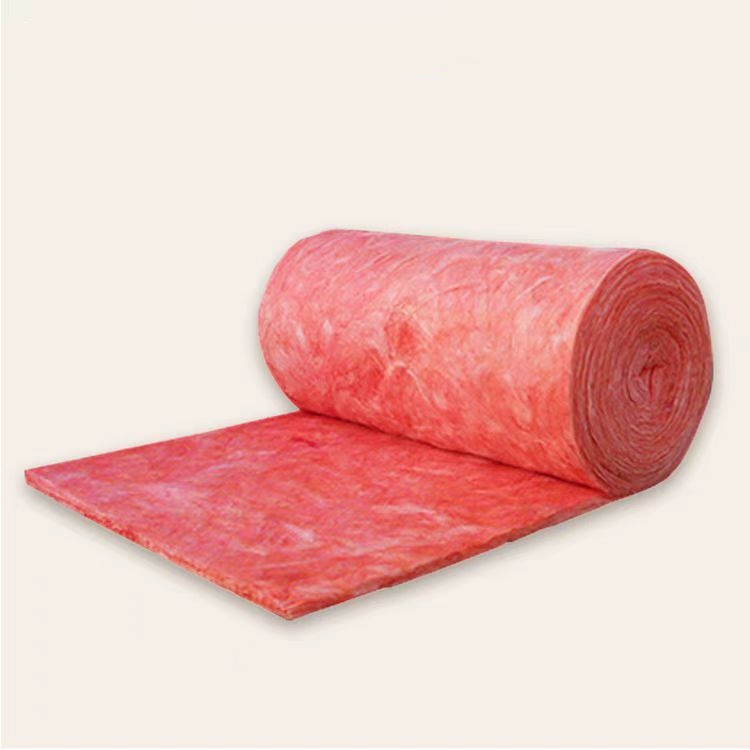In recent years, sustainable and green building practices have gained significant traction in the construction industry. Architects, designers, and builders are increasingly focusing on materials that not only perform well but also contribute to energy efficiency, environmental protection, and improved indoor air quality. Colored glass wool board is one such material that aligns perfectly with the principles of sustainable design, offering a range of benefits that make it an ideal choice for green building projects.
What is Colored Glass Wool Board?
Colored glass wool board is a type of thermal and acoustic insulation made from glass fibers and a binding resin. It comes in various colors, which are not just for aesthetic appeal but also indicate its performance characteristics, such as fire resistance, thermal conductivity, and environmental impact. The fibers are made from 100% recycled glass, and the board itself is lightweight yet durable, making it an excellent choice for modern construction projects.
Benefits of Colored Glass Wool Board in Sustainable Building Design
- Energy Efficiency and Insulation One of the key factors in creating sustainable buildings is ensuring energy efficiency. Colored glass wool boards are highly effective at insulating buildings, reducing heat transfer between the interior and exterior. This means less reliance on heating and cooling systems, leading to reduced energy consumption and lower utility bills. By maintaining a consistent indoor temperature, glass wool boards help create energy-efficient homes and offices, which is a core principle of green building standards such as LEED (Leadership in Energy and Environmental Design).
- Eco-friendly and Sustainable Material Colored glass wool boards are made primarily from recycled glass, which significantly reduces the environmental impact compared to traditional building materials. The use of recycled content helps to divert glass waste from landfills and decreases the demand for raw materials, contributing to resource conservation. Additionally, glass wool boards are non-toxic and free from harmful chemicals, making them safe for both the environment and building occupants.
- Sound Insulation for Healthier Indoor Environments Sustainable building design goes beyond energy efficiency—it also focuses on creating healthier, more comfortable living and working environments. Colored glass wool boards provide excellent soundproofing properties, reducing noise pollution between rooms and from external sources. This is particularly important in urban environments where noise can negatively affect mental health and productivity. By improving acoustic comfort, glass wool boards contribute to a healthier indoor environment, which is a key aspect of sustainable design.
- Fire Resistance for Safety Fire safety is another critical component of green building design. Colored glass wool boards are naturally fire-resistant due to the glass fibers’ inherent properties. In the event of a fire, the boards will not contribute to the spread of flames, making them an essential material for improving fire safety in buildings. This fire resistance helps meet stringent building codes and contributes to the overall safety of the structure, ensuring that it is not only environmentally friendly but also safe for its occupants.
- Durability and Low Maintenance One of the key principles of sustainability is the use of materials that are long-lasting and require minimal maintenance. Colored glass wool boards are highly durable and resistant to wear and tear. They do not absorb moisture, which prevents the growth of mold or mildew, common issues with other insulation materials. Their low maintenance requirements mean that they can provide long-term performance without the need for frequent replacements or repairs, reducing the overall environmental impact of the building over its lifecycle.
Colored Glass Wool Board’s Role in Green Certifications
Colored glass wool boards play a crucial role in helping buildings achieve green certifications such as LEED or BREEAM (Building Research Establishment Environmental Assessment Method). These certifications assess a building’s sustainability across various categories, including energy use, material selection, water efficiency, and indoor environmental quality. By using materials like colored glass wool boards, builders can earn credits toward these certifications, demonstrating their commitment to environmentally responsible construction practices.
Applications of Colored Glass Wool Board in Green Buildings
- Wall Insulation: It helps reduce energy consumption by keeping the interior temperature stable, lowering the need for artificial heating or cooling.
- Roof and Ceiling Insulation: Reduces heat loss and gain, contributing to the building’s overall energy efficiency.
- Soundproofing: Improves the acoustics of residential, commercial, and industrial buildings, promoting better mental health and productivity.
- Exterior Insulation: Protects buildings from extreme weather conditions and reduces the carbon footprint by minimizing energy usage.
Conclusion
Colored glass wool boards are a key component of sustainable and green building designs. Their excellent insulation properties, fire resistance, soundproofing capabilities, and environmentally friendly composition make them an ideal choice for any construction project that aims to reduce its environmental impact while improving energy efficiency and occupant comfort. As more and more architects and builders turn to green solutions, materials like colored glass wool boards will continue to play a pivotal role in shaping the future of sustainable architecture.
By choosing colored glass wool boards for your next project, you are not just improving the performance of your building—you are also contributing to a more sustainable, eco-conscious future.


